Graham Reid | | 2 min read
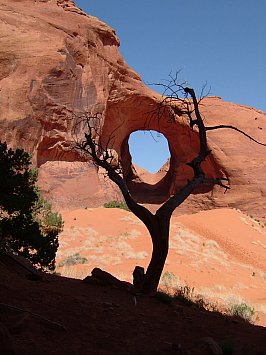
Kayenta is a wide spot on the highway through north east Arizona. There's not much there worth reporting: a Wal-Mart, a small and somewhat pitiful town which shimmers in the dry heat, and a few motels.
Kayenta -- not far from Four Corners where Utah, Arizona, Colorado and New Mexico meet -- offers no reason to stop, unless you are looking for a place to stay before the short drive into nearby Monument Valley where John Ford filmed such classic westerns as Stagecoach and The Searchers.
Monument Valley is cowboy country, the land where John Wayne roamed, and the imagined West was defined through the filter of Hollywood in the 30s and 40s.
But of course Monument Valley is not that at all. It is Indian land, part of the Navajo Nation, and its history is written in the canyon walls where ancient petroglyphs were carved by unknown hands.
It is easy to romanticise Monument Valley -- the photogenic landscape with its iconic wind-shaped rocks -- but that would be to ignore the blunt truth that the Navajo struggle for survival here in scenery which offers little arable land, and even less in the way of a viable future.
Barbara offers a firm handshake. She is a handsome woman with long black hair pulled back from her high forehead, dudded up in well-worn denims and leather boots, and a smile which reveals broken teeth.
She is Navajo, but one with an unusual history. She has only been back from New York these past couple of years, came home after her marriage broke up and has brought her two children here so they can all be close to her mother who has cancer.
Her city-raised kids found it hard to adapt, she admits, and while she's had her problems settling in at least she's found a job. She takes tourists on guided tours through the Valley, and on this day we are heading away from the self-drive trail and across dry riverbeds into territory which looks desolate and deserted.
Yet there beyond the parched creek is a small homestead belonging to a local woman who is renown as a sculptor, and over here is where they shot that sequence from Indiana Jones where our hero descends into a pit of snakes. This is also the land where the Anasazi peoples must have walked, long before the Navajo even dreamed.
As others go off to take yet another perfect picture of the landscape with fingers of rock reaching skyward Barbara tells me of problems on the reservation.
Alcohol -- banned on the rez -- is decimating the young and old alike. The Indian has no gene to process alcohol, she says, so they become alcoholics and kill themselves through drink or in driving accidents.
As someone who sees her people with the eyes of an outsider she is also suspicious of the tribal councils which seem to take in plenty of government money or income from tourism, yet somehow it doesn't trickle down to those most in need. The schools are under-resourced, the young people have nothing to do, the old people have given up hope.
There is an educated middle generation keen to make progress without sacrificing tradition, but the tribal hierarchy must be respected and so . . .
Her voice trails off.
Barbara is facing the sun which is setting golden-red behind a mesa, her hair blowing back in the breeze. She appears to be looking at something invisible in the distance.
Possibly the past, possibly the future.
For other travel stories by Graham Reid, see here for his two award-winning travel books.

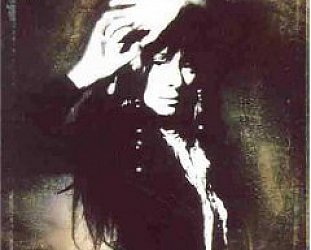
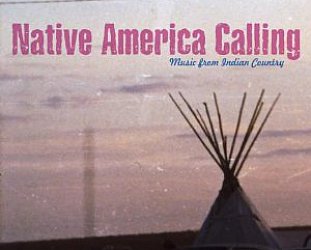
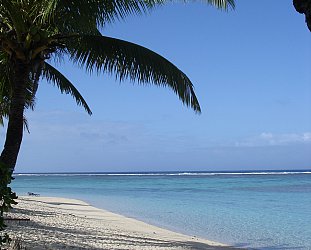
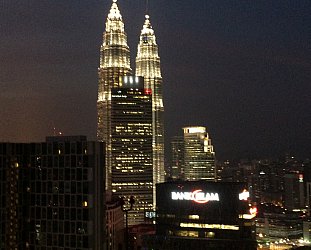

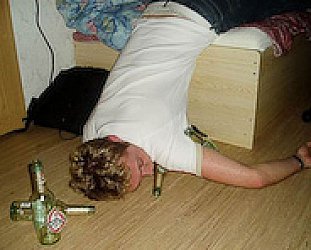
post a comment